From Texas Instruments datasheet:
9 Power Supply Recommendations
If the device is more than six inches from the input filter capacitors, an input bypass capacitor, 0.1 μF or greater, of any type is needed for stability.
From Fairchild datasheet:
CI is required if regulator is located an appreciable distance from the power supply filter.
Although all the circuits in Fairchild data sheet show 0.33μF and the TI datasheet 0.22μF, they do NOT specifically say a size. As the TI datasheet says 0.1 μF or greater, so 0.47μF is fine. Better than 3 capacitors in parallel.
8.2 Typical Applications
8.2.1 Fixed Output Voltage Regulator
*Although no output capacitor is needed for stability, it does help transient response. (If needed, use 0.1-μF, ceramic disc).
On the output, TI states:
8.1.1 Shorting the Regulator Input
When using large capacitors at the output of these regulators, a protection diode connected input to output (Figure 15) may be required if the input is shorted to ground. Without the protection diode, an input short causes
the input to rapidly approach ground potential, while the output remains near the initial VOUT because of the stored charge in the large output capacitor. The capacitor will then discharge through a large internal input to output diode and parasitic transistors. If the energy released by the capacitor is large enough, this diode, low current metal, and the regulator are destroyed. The fast diode in Figure 15 shunts most of the capacitors discharge current around the regulator. Generally no protection diode is required for values of output capacitance ≤ 10 μF.
So you are free to pick appropriate capacitors for input and output to reduce ripple, noise, etc.
I'd go with the application information as indicated by the TI datasheet. The Fairchild datasheet is limited to just data, with minimal application guidance.

